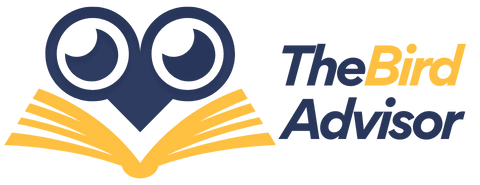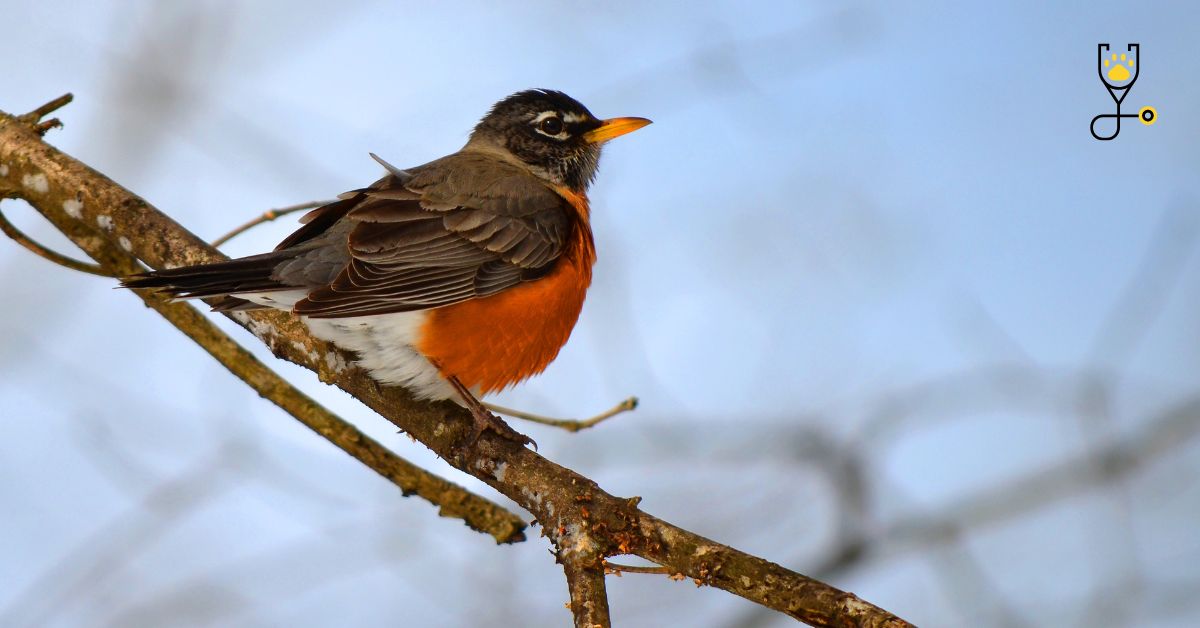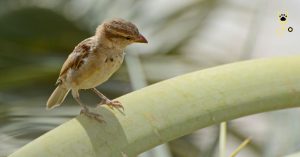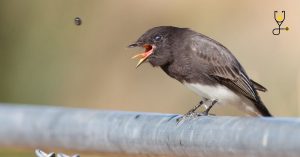If you own a bird, it’s essential to stay on top of their nail and beak care to help keep them healthy. If nails become too long, they can cause your bird unnecessary discomfort and even injury if not trimmed in time. But how do you tell when the time has come for a trim? Knowing the signs that your bird needs a nail trim is key; look for things like awkward or jerky movements or trouble preening – these could all be indicators that your pet needs some attention from you! In this blog post, we’ll provide advice on how to recognize if your feathered friend is overdue for some maintenance so that you can make sure they’re comfortable and happy!
Why Neil trimming is Important?
From an aesthetic perspective, keeping your bird’s nails trimmed is important for maintaining their overall appearance and making sure they look their best. Additionally, if nails become overgrown, they can get caught or tangled in fabric or other objects around the home – this could be dangerous for your pet as it might cause them to injure themselves while struggling to free themselves. Furthermore, overly long nails can make it difficult for your bird to grip onto a perch or other surfaces. This can lead to discomfort, as well as problems with balance and coordination. It’s also important that you are able to properly handle your bird during nail trimming; overgrown nails can make this task significantly more challenging!
Explanation
1. Difficulty preening
If you notice your bird is having trouble preening or grooming themselves, it’s likely that their nails are too long and need to be trimmed. Longer nails can get in the way of the feathers and make it difficult for them to properly groom their wings and body.
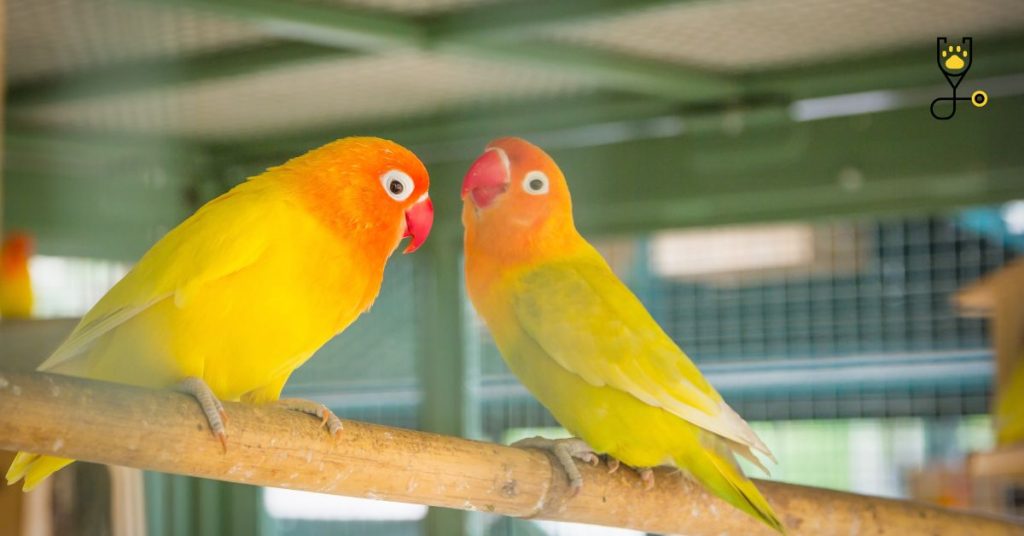
2. Trouble perching
Your bird may also have difficulty perching if their nails are too long. Longer nails can make it hard for them to grasp onto a perch, leading to an uncomfortable and awkward stance.
3. Jerky or awkward movements
If your bird is having trouble keeping its balance while walking around or jumping from perch to perch, this could be an indication that their nails are too long and need to be trimmed.
4. Trouble climbing
If your bird is having trouble scaling the sides of their cage or other surfaces, this could be a sign that its nails are overgrown and need to be trimmed down.
5. Overly sharp claws
Sharp claws can sometimes indicate that your pet’s nails have grown too long and need to be trimmed.
6. Stiff clawed feet
If your bird’s toes are stiffening up or curling under, this is another sign that their nails may be overly long and need to be trimmed.
7. Difficulty gripping toys
If your bird is having trouble picking up a toy or food item, this could be a sign that their nails are too long and need to be trimmed.
8. Bleeding or sore feet
If you notice your bird’s feet are bleeding or look sore, it’s likely that their nails have become too long and need to be trimmed down.
9. Visible overgrowth
Sometimes you may be able to actually see that your bird’s nails are too long and need to be trimmed.
10. Discomfort
If your bird seems uncomfortable or is exhibiting signs of distress, it could be a sign that their nails need to be trimmed down.
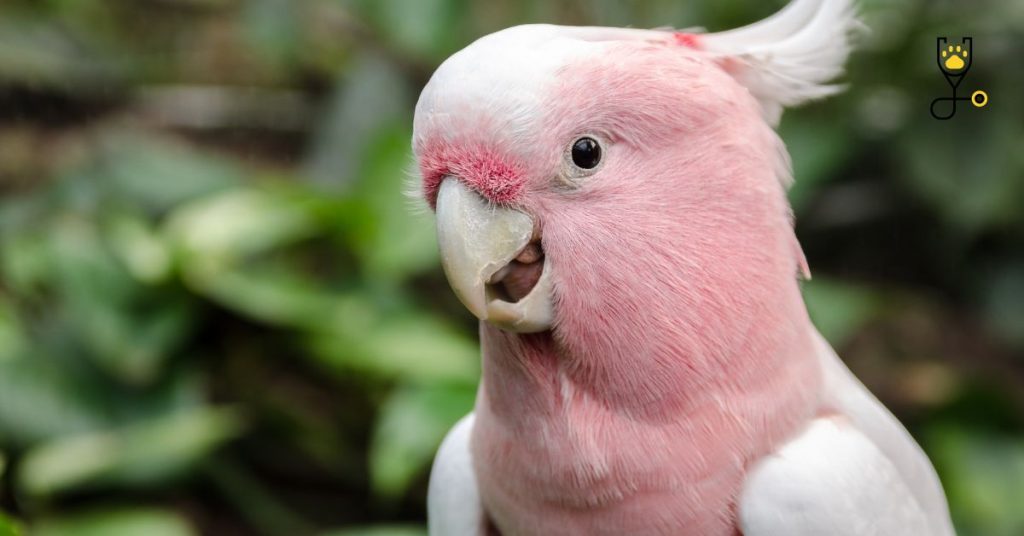
11. Inability to groom
If you notice your bird isn’t able to properly groom itself, this could be an indication that their nails have become too long.
12. Difficulty walking
If your bird is having difficulty walking or appears to be dragging its feet, it could be a sign that its nails are overgrown and need to be trimmed down.
13. Trouble flying
If your bird isn’t able to take off from the ground or from perches, this could be an indication that its nails have grown too long and they need some trimming.
14. Swollen feet
If your bird’s feet appear swollen or inflamed, this is another sign that their nails may be too long and need to be trimmed down.
15. Too much claw
If you notice excess claw material on the end of your bird’s toes, this is an indication that their nails have become too long and need to be trimmed.
Also read: 10 Steps to take if your Bird Breaks a Blood Feather
Conclusion
Nail trimming is an important aspect of bird care and should be done regularly to ensure your pet’s nails are kept at a healthy length. If you notice any of the signs mentioned above, it’s best to take your bird to an avian veterinarian for professional nail trimming as soon as possible. Keeping your birds’ nails trimmed properly will help to ensure that your pet stays healthy and happy for many years to come.
FAQs
Q: How often should I trim my bird’s nails?
A: The frequency of nail trims will depend on your bird’s size and species, but generally speaking they should be done every 2-3 months.
Q: Is it safe to trim my bird’s nails at home?
A: We do not recommend trimming your bird’s nails at home, as it is a delicate procedure that requires specialized tools and training. If you are uncertain of how to proceed, we suggest visiting an avian veterinarian for professional nail trimming.
Q: What happens if I don’t trim my bird’s nails?
A: If you do not trim your bird’s nails, they will continue to grow and can become overly long, leading to discomfort and difficulty in movement. This can result in health issues for your pet if left untreated. It is important to maintain regular nail trims for the overall wellbeing of your bird.
Q: How do I know when it is time to trim my bird’s nails?
A: There are several signs that can indicate your bird’s nails may be in need of trimming, such as difficulty walking or climbing, overly sharp claws, stiff clawed feet, and visible overgrowth. If you notice any of these signs, take your bird to an avian veterinarian for professional nail trimming as soon as possible.
Q: What type of tools are used to trim my bird’s nails?
A: Specialized nail trimmers designed specifically for birds should be used when trimming your pet’s nails. These trimmers have rounded blades and should be chosen based on the size and species of your bird. Always use caution when trimming your bird’s nails and make sure you understand how to properly use the tool before attempting it yourself. If you are unsure, it is best to seek assistance from an avian veterinarian.
